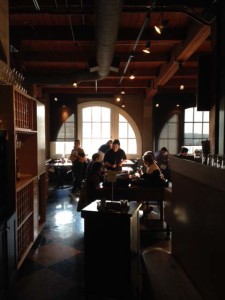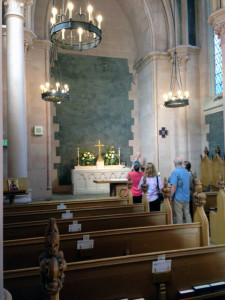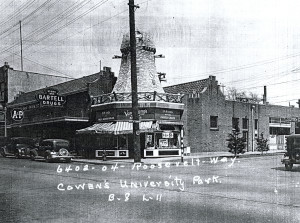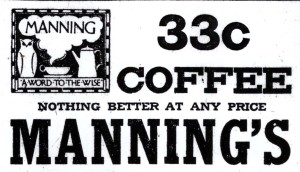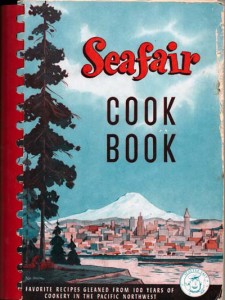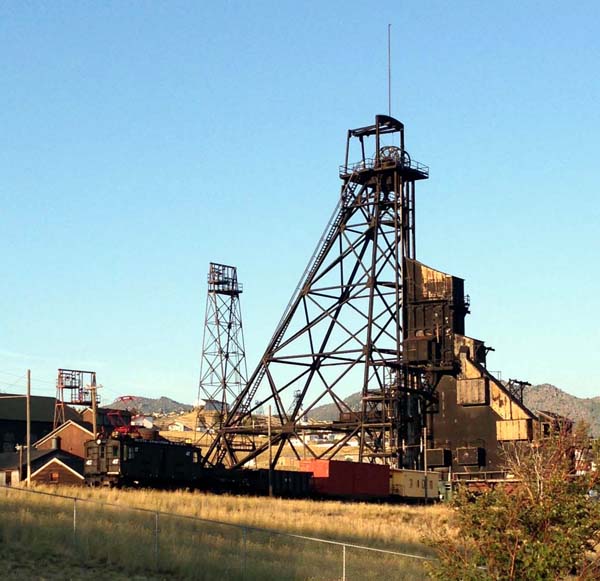
Anselmo Mine Headframe, Butte, Montana
I am always on the lookout for places where I can still feel the past, so it is not surprising that I lost my heart to Butte, Montana. I found the past completely present and accessible in Butte. In the late 19th and early 20th centuries, the town was the world’s most important source of copper ore, then mined underground by men who came here from around the globe to blast, extract, and backfill the tunnels that honeycomb beneath Butte. I spent a week in Butte last summer doing research for my next book, Looking For Betty MacDonald: The Egg, The Plague, Mrs. Piggle-Wiggle And I, due out fall 2016 from University of Washington Press.
Betty Bard MacDonald spent much of her childhood in Butte before moving to Seattle in 1916. All of the houses where her family lived still stand. Butte’s underground mining industry has now been inactive for more than half a century. The Berkeley Pit, a massive strip-mining operation, consumed Butte’s Italian Meaderville and McQueen neighborhoods and about half of the surface ground where many of Butte’s mining headframes once gave access to underground mines. The Pit is now Montana’s deepest aquatic body, a 900 foot deep lake of highly mineralized water. Butte is the nation’s largest Superfund project, and one of the largest designated National Historic Districts in the United States. Although far less populated than it was in Betty’s day, Butte is no less complex.
Continue Reading…
